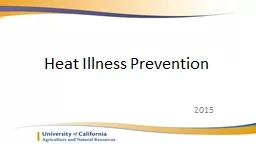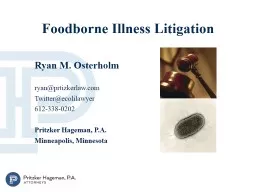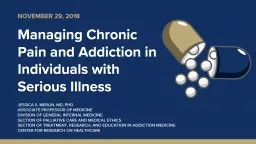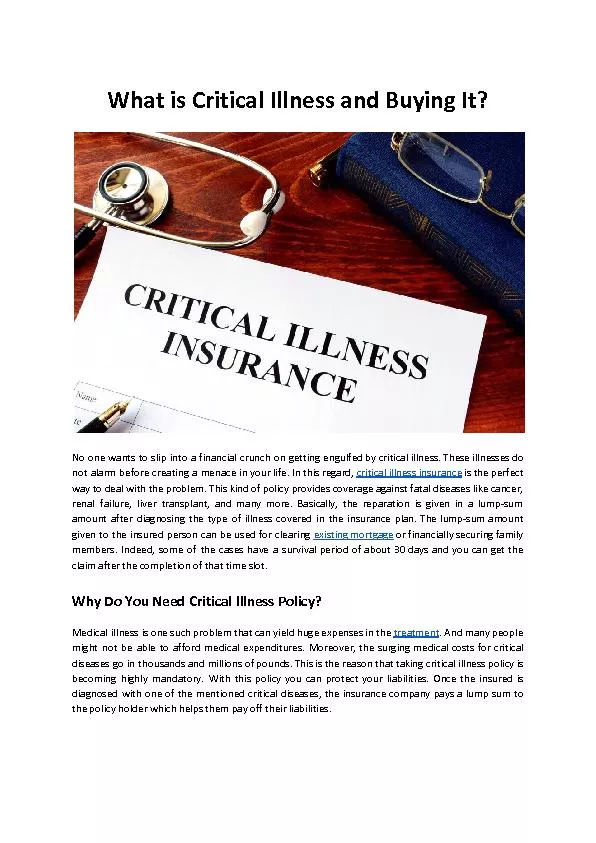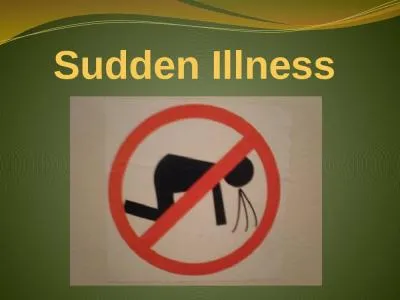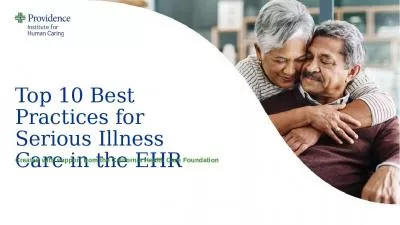PPT-Meeting the Needs of Those with Serious Illness:
Author : natalia-silvester | Published Date : 2018-11-15
National Trends in Palliative Care Tom GualtieriReed MBA Spragens amp Associates LLC Chicago Regional Leadership Summit for Supportive Care Chicago Illinois May
Presentation Embed Code
Download Presentation
Download Presentation The PPT/PDF document "Meeting the Needs of Those with Serious ..." is the property of its rightful owner. Permission is granted to download and print the materials on this website for personal, non-commercial use only, and to display it on your personal computer provided you do not modify the materials and that you retain all copyright notices contained in the materials. By downloading content from our website, you accept the terms of this agreement.
Meeting the Needs of Those with Serious Illness:: Transcript
Download Rules Of Document
"Meeting the Needs of Those with Serious Illness:"The content belongs to its owner. You may download and print it for personal use, without modification, and keep all copyright notices. By downloading, you agree to these terms.
Related Documents


